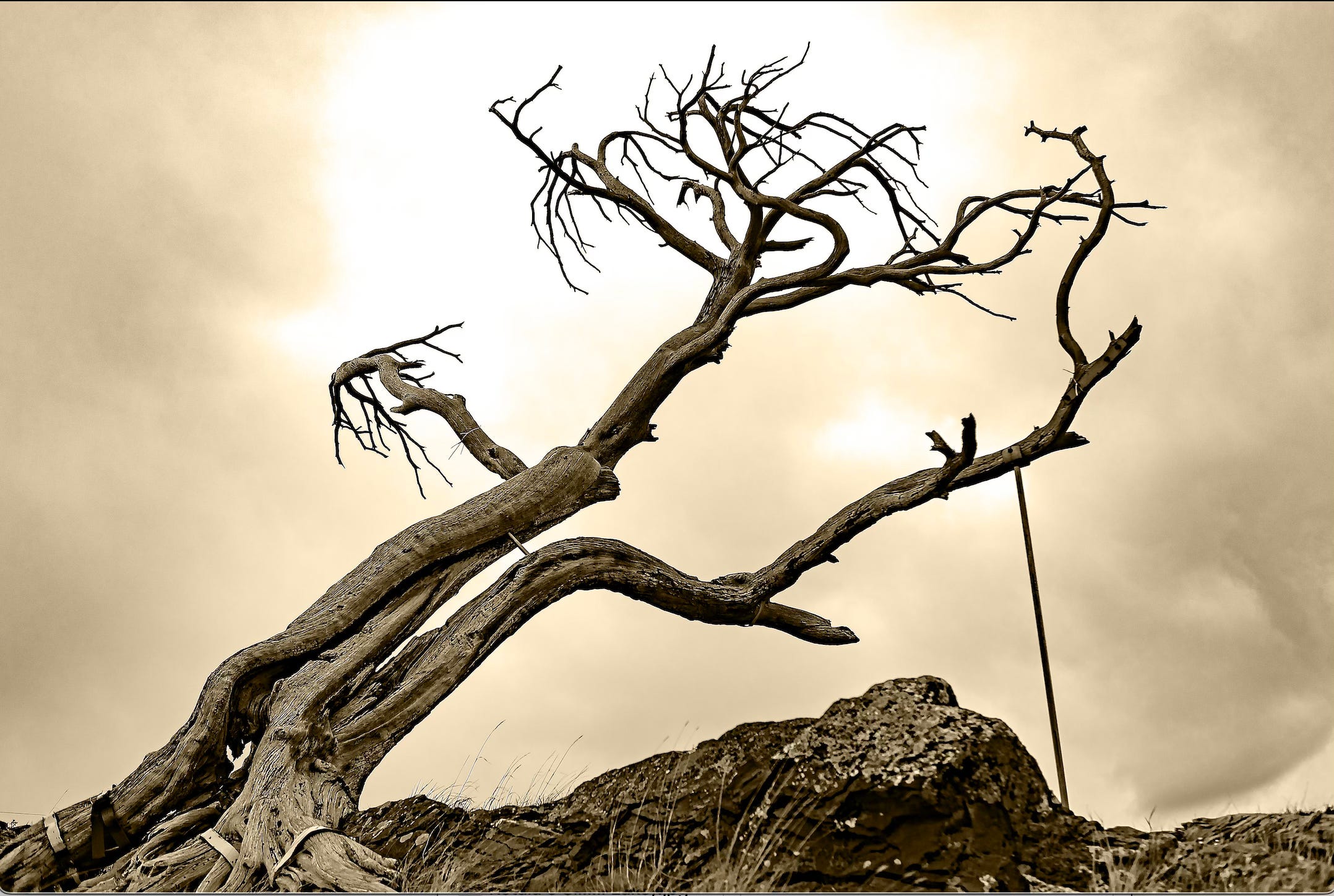Fires in the Prairies/Incendi nelle Prairies

A few days ago, we travelled through the lands of Saskatchewan and Manitoba. While the areas now impacted by wildfires and evacuations may not be exactly the same places we passed through, they are the same in spirit—home to the same generous, warm-hearted people who welcomed us with kindness and hospitality.
Our hearts are with all those affected by these devastating fires. We are thinking of you, and we hope you can return to your homes and your lives safely and as soon as possible.
———
Il y a quelques jours, nous avons traversé les terres de la Saskatchewan et du Manitoba. Ce n’étaient peut-être pas exactement les mêmes localités que celles aujourd’hui touchées par les incendies et les évacuations, mais c’étaient les mêmes communautés humaines — celles qui nous ont accueillis avec tant de chaleur, de générosité et de bienveillance.
Nos pensées sont avec celles et ceux qui traversent cette épreuve. Nous espérons de tout cœur qu’elles pourront bientôt retrouver leurs foyers et reprendre le cours de leur vie.
——-
Qualche giorno fa abbiamo attraversato i territori del Saskatchewan e del Manitoba. Non erano forse gli stessi luoghi oggi colpiti dagli incendi e dalle evacuazioni, ma erano gli stessi per lo spirito delle persone che abbiamo incontrato: accoglienti, gentili, generose.
I nostri pensieri sono con tutte le persone colpite da questa emergenza. Speriamo con tutto il cuore che possano tornare presto nelle loro case e riprendere la loro vita quotidiana.

The Burmis Tree, estimated to be over 600 years old, stands in Alberta near Crowsnest Pass, a region known for its harsh climate and strong winds. Although the tree died in the 1970s, it remained upright, symbolically refusing to fall. When a powerful windstorm brought it down in 1998, it was the local community that raised and supported it again, using metal braces. Since then, the Burmis Tree has become a symbol of resilience in the Canadian collective imagination, representing the strength to withstand the adversities of time and life, even when all seems lost.
Il Burmis Tree, età stimata di oltre 600 anni, si trova in Alberta, nei pressi del Crowsnest Pass, una regione esposta a forti venti e a un clima rigido. Nonostante sia morto negli anni ’70, l’albero ha continuato a restare in piedi, rifiutandosi simbolicamente di cadere. Quando nel 1998 una violenta raffica di vento lo abbatté, fu la stessa comunità a rialzarlo e sostenerlo, utilizzando strutture metalliche. Da allora, è entrato nell’immaginario collettivo canadese come un potente simbolo di resilienza, rappresentando la capacità di affrontare le avversità del tempo e della vita, anche quando tutto sembra perduto.




